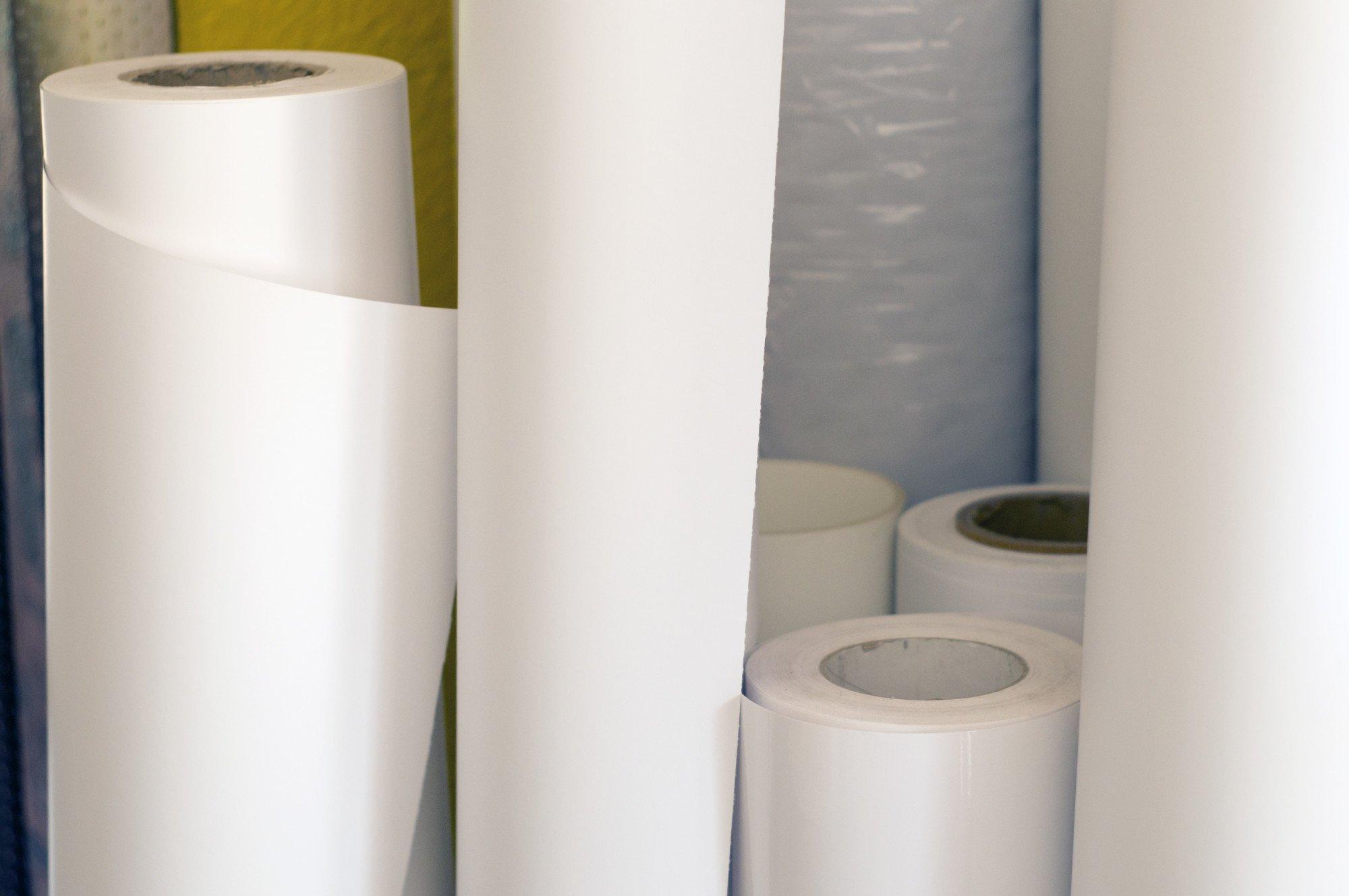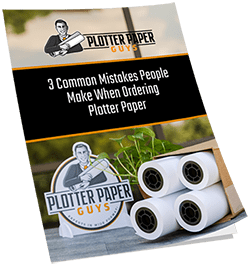Ellsworth Kelly once said:
“When I see a white piece of paper, I feel I’ve got to draw. And drawing, for me, is the beginning of everything.”
One such paper used by artists, architects, and professionals is blueprint bond paper. Typically, this is used for technical drawings requiring lots of detail.
Often these drawings need to be high contrast and high resolution to be used professionally and commercially.
A blueprint paper roll has three features that make it a high-quality choice for architectural and engineering designs.
Let’s take a closer look at this print paper…
Bond Paper
The second feature is the type of paper used. Traditionally used in government bonds, the bond paper differs from regular printer paper. It is a cotton-based paper which gives it a slightly rough texture. This also makes it more durable and heavier. In addition, the weight of bond paper lets it absorb more ink. For this reason, it’s often used for detailed prints as it can capture sharp, high-resolution images and text.
Matte Coating and Sepia Ink
Traditionally the white printing process causes the blueprint to fade over time. To solve this problem, modern blueprint bond paper will use a matte coating finish.
Additionally, a sepia printing toner coats the blueprint paper. The chemical component of sepia ink makes it more resistant to the effects of environmental pollutants.
The stability of the chemicals also helps it last longer. As a result, sepia prints will have a longer shelf life.
Why Are Blueprints Called Blueprints?
Architects, engineers, and drafters often used blueprints to refer to drawings, prints, or plans. Initially, the process of drafting blueprints was similar to white printing.
A light-sensitive chemical is applied to a paper, and a trace is cast over it. Unfortunately, the exposure to light would turn the page blue, leaving only the dark areas white, creating a negative of the original drawing.
The chemicals used – ammonium ferric citrate and potassium ferricyanide turn blue when exposed to light. This is called Cyanotype printing.
What Is Roll Paper Printing?
Instead of individual paper sheets, roll paper allows you to print large or long data without page breaks. For large blueprint designs, this means you can specify the length of your piece according to your own specifications.
The paper roll is inserted into a heliographic copier – also called a large format printer. These printers are specially designed for printing blueprints. It can carry out the blueprinting or, more commonly, white printing process at high speeds.
However, inkjet or xenographic printers are often a popular choice for digital prints. This is because they can produce wide format prints at a much faster rate.
What Are Blueprint Paper Rolls Used For?
Blueprint paper rolls are used to print large format technical drawings. A blueprint creates a detailed visual representation of 2D structures and models.
It specifies the various dimensions and how the components are organized. For this reason, blueprint rolls are an excellent choice for businesses and individuals who need to regularly print large-scale illustrations.
The price of 250 individual sheets is usually more than one roll. Moreover, individual sheets are precut to specific sizes, which may not suit a project’s needs.
As discussed, the special technique of creating blueprint paper requires a special printer. These printers often require the paper to be in a roll.
What Are the Dimensions of a Blueprint Paper Roll?
Choosing the right paper size will be essential to any blueprint project. To get an idea of the sizes used for printer roles, there are some measurements you must know:
- Roll width – This is width measured across the face of the roll from side to side.
- Roll length – This is the entire length of the roll when unrolled.
- Core diameter – this is the inner diameter of the roll. Measured from the outer and inner ridges of the roll spindle.
- Outer diameter – This is the diameter from one side of the paper face to another.
- Paper thickness – Thickness is measured in the caliper. 1 caliper thickness is equal to approx 0.025mm or 0.001 inches.
To get an idea of how many sheets a single roll will produce, you can use these measurements to calculate it:




